My 7 biggest draft misses as an evaluator and the lessons learned from them

Recently I reflected upon the top-graded players at each position in my draft evaluations since 2004. That was a fun exercise.
This trip down memory lane is not so pleasant. But it’s an important one nonetheless.
Who were my biggest misses in the draft evaluation process?
Most of these are players who I expected to be very good in the NFL but didn’t pan out. There are a couple of notable prospects where I grossly underestimated their impact at the next level, too.
The point here is to learn from the misses. Why were my evaluations off? What did I think I saw that made me miss? If you’re not trying to get better and learn from your mistakes as an evaluator, you’re destined to keep missing.
QB Paxton Lynch
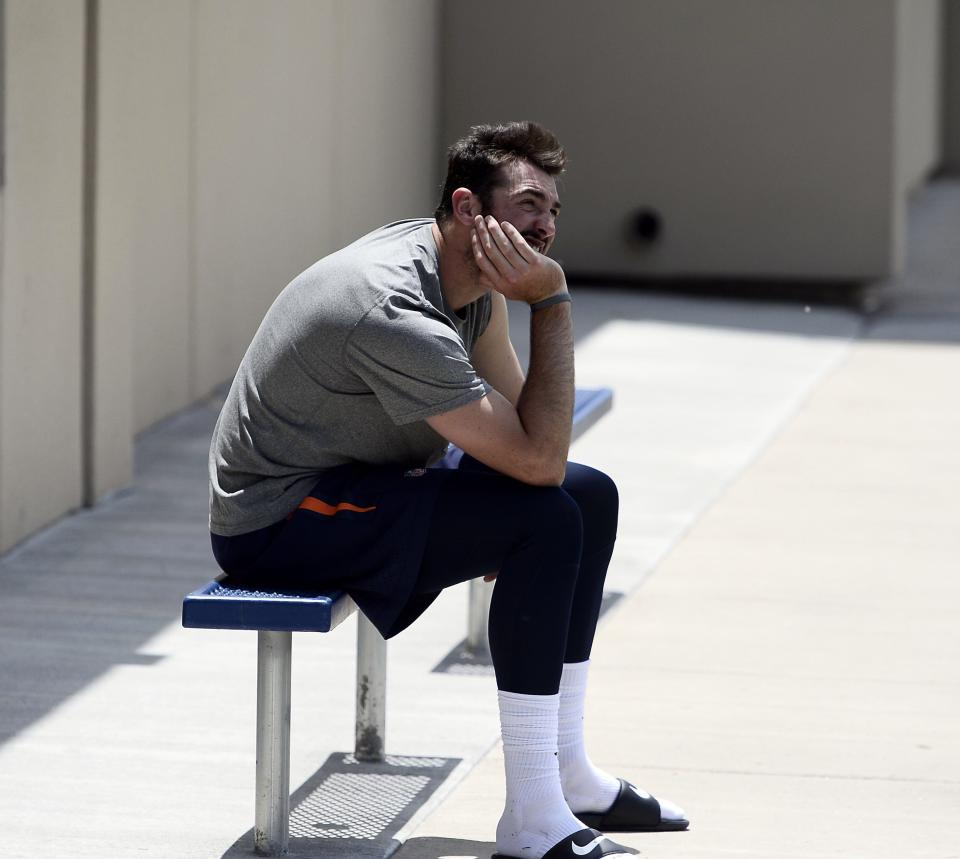
Back in the 2016 NFL draft, my top-rated quarterback was Paxton Lynch out of Memphis. I graded him higher than Jared Goff, Dak Prescott and Carson Wentz, among others.
Sigh.
I had reservations about Lynch even then, with his elongated throwing motion and simplistic college offense. I remember the note I wrote that was effectively me talking myself into loving Lynch a lot more than I should have,
The good thing is, almost everything “wrong” with Lynch can be improved upon with coaching and experience, and the things he does well already translate very well to today’s NFL.
It turns out that nothing really translated well to the NFL. The No. 31 overall pick by the Denver Broncos started jut four games in two seasons, showing a complete lack of pocket presence and composure. Those negative traits are still evident a Lynch continues to bounce lower-level competitors to the NFL.
Lesson: Don’t assume good coaching will correct flaws. Also, don’t assume good coaching at the NFL level
LB Stephone Anthony
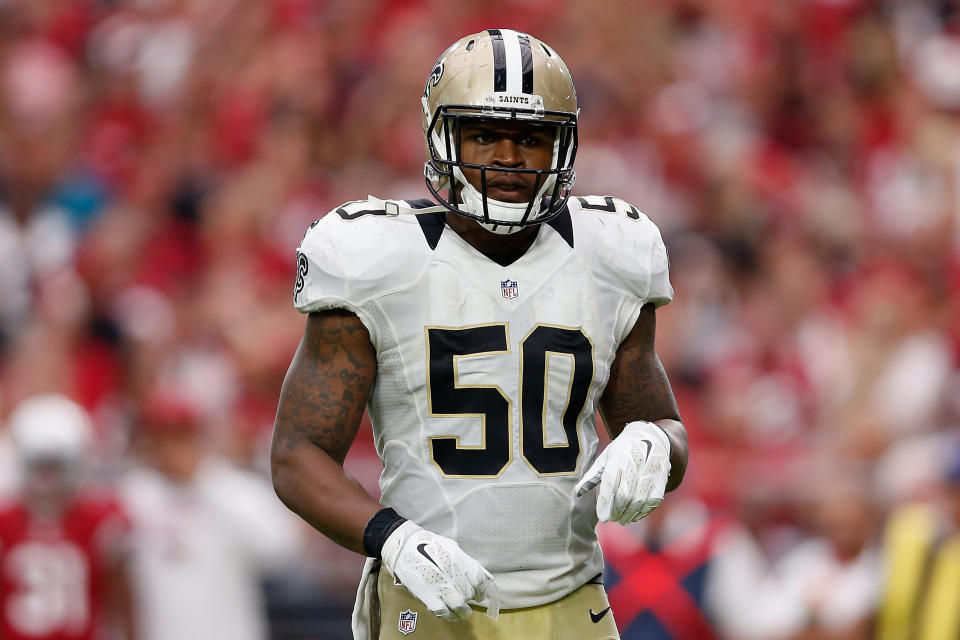
In the 2015 NFL draft, I was very bullish on Clemson LB Stephone Anthony. He earned my highest off-ball LB grade of any prospect between Luke Kuechly (2012) and Roquan Smith (2018).
I loved Anthony’s speed in space, coverage ability and open-field tackling. He had a phenomenal Senior Bowl week in January, one that still stands out in my memory some eight years later.
Alas, it didn’t work in the NFL. At Clemson, he got away with guessing more than sharp instincts. I thought those would develop, especially after talking to him in Mobile. They did not. Anthony was quickly exposed in the NFL for not having great instincts or toughness in traffic. I saw evidence of those at Clemson but thought Anthony would overcome.
Lesson: Don’t overemphasize postseason all-star game performances
CB Ras-I Dowling

A lot of fans might not even remember Dowling, a cornerback from Virginia in the 2011 NFL draft. Yet when I get asked about my biggest misses, he’s one of the very first to come to mind.
Dowling was a top-20 overall prospect for me back in 2011. He was my No. 2 cornerback, behind only Patrick Peterson (I got that one right anyway!).
When the New England Patriots selected Dowling with the first pick of the second round, I thought it was a great value, a match made in heaven. Dowling’s length, football IQ and tackling made him seem like a natural fit to thrive under Bill Belichick.
Alas, it didn’t work. Not even a little. Dowling played just 12 career games in parts of three seasons. The numerous injuries that dogged him at Virginia were a major issue. His speed was never great, and the lower-body injuries made it a major liability.
Lesson: Don’t underestimate injuries, notably soft-tissue injuries to multiple body parts
OL Danny Watkins
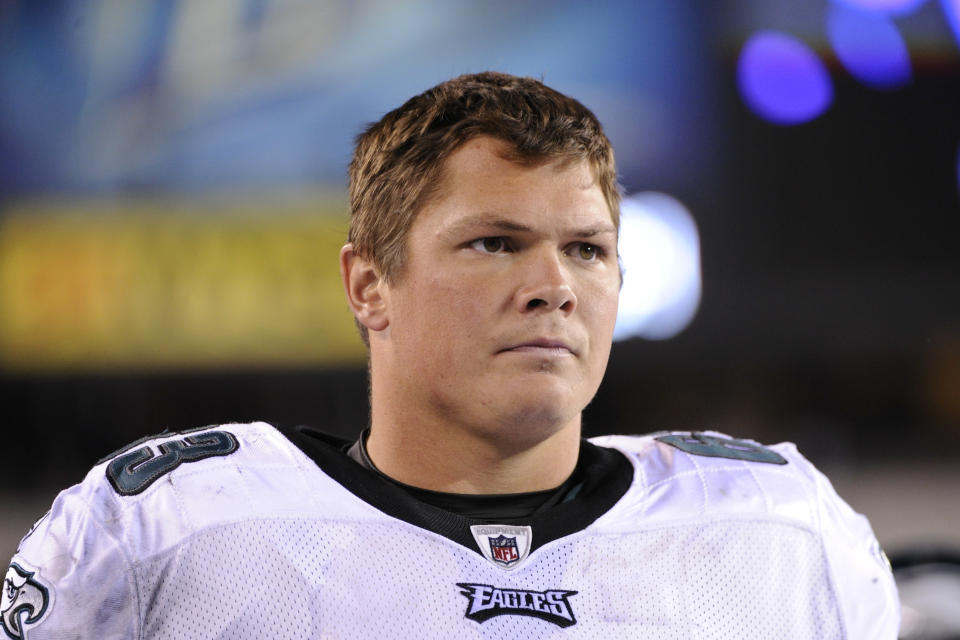
Another prospect from 2011 where I swung and missed was big Baylor offensive lineman Danny Watkins.
Oh man, did I get suckered in! Watkins was a Canadian firefighter with a hockey background. The natural strength and balance from his background were obvious in watching him move people and stand up pass rushers at Baylor. He was my No. 11 overall prospect.
The Eagles drafted Watkins at No. 23 overall and immediately installed him as their right guard. He wasn’t as terrible in that rookie year as Philly fans remember him, but it was clear Watkins wasn’t ready to play in the NFL. He lasted just two more seasons before heading back to the Canadian wilderness to fight fires. That was his burning passion, not football. It’s something I should have seen coming.
Lesson: As best as you can, make sure the prospect truly loves playing football.
QB Josh Allen
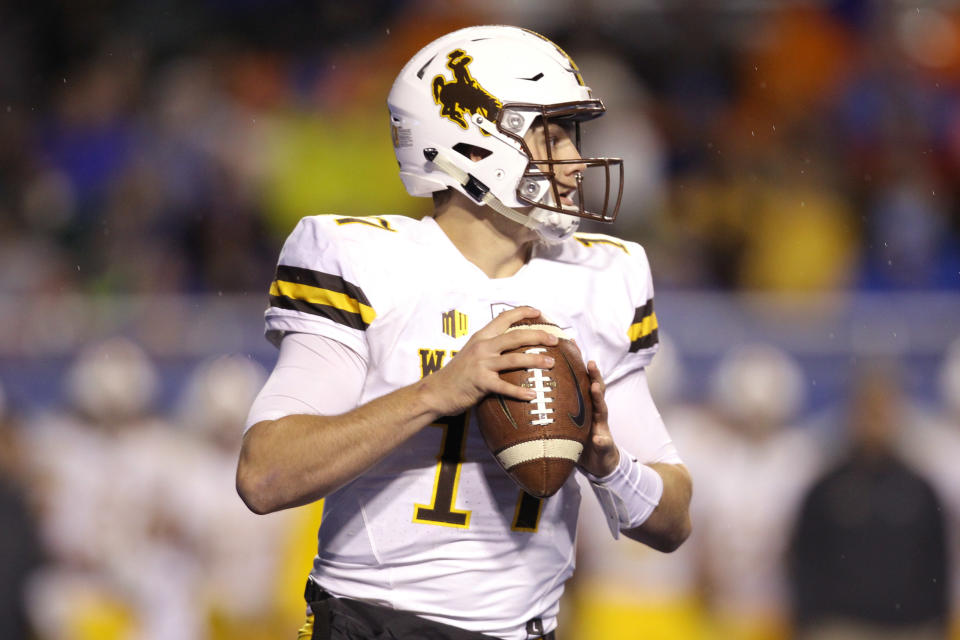
Allen is one where I didn’t see the high-level success he would quickly achieve with the Buffalo Bills. Back in the 2018 NFL draft, Allen was my No. 7 quarterback. I wondered aloud if maybe he should switch to tight end.
Some of my derision at Allen as a prospect stemmed from seeing him in person for Wyoming at Eastern Michigan, a game where the Eagles threw four INTs and still had the better overall QB play. Even in warmups on the sideline, Allen couldn’t reliably hit his targets.
The Bills bought into the leadership qualities that were also plainly obvious, even to my overall skeptical eyes. His athleticism and drive to improve helped Allen emerge as a Pro Bowl quarterback and occasional MVP candidate for Buffalo.
Lesson: Don’t put too much emphasis on one viewing or experience.
RB Beanie Wells
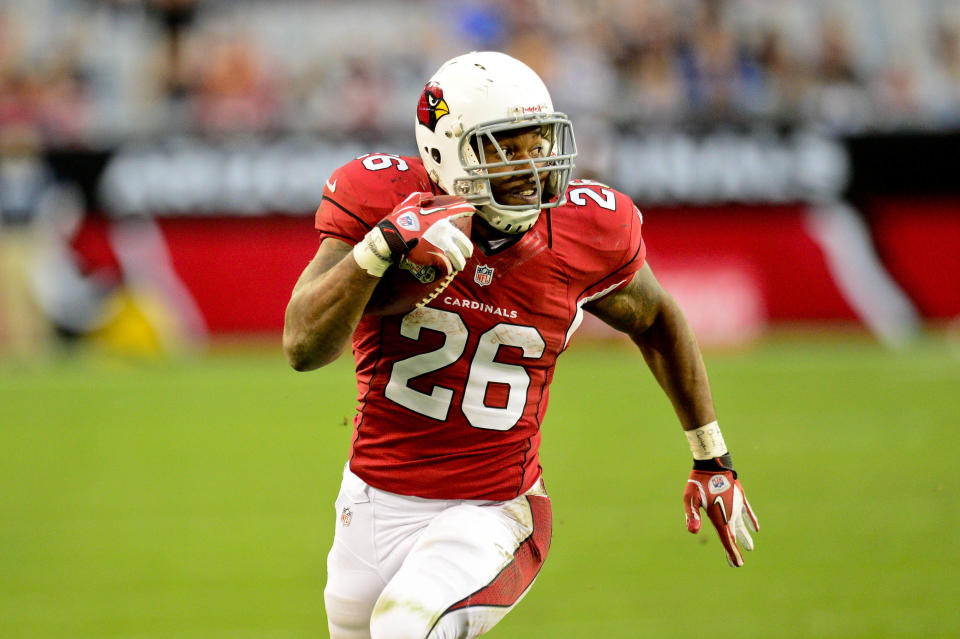
It’s not that Wells turned into a terrible flop in the NFL. The Ohio State running back turned in a 1,000-yard season in 2011 and averaged 4.0 yards per carry for his career. His 228 rushing yards remain a Cardinals single-game record.
Wells makes the list because I overrated him back in the 2009 NFL draft. He was my No. 2 overall player (Michael Oher was No. 1), a player I expected to be the next great NFL running back. Ball security was an ongoing issue, as were injuries. Foot injuries that crept up at Ohio State never went away and ultimately cut Wells’ career short.
Lesson: Pay attention to college injuries and fumbles for RBs
OT Lane Johnson

Flashback to the 2012 college season for the Oklahoma Sooners. They had two offensive tackles that were legit future NFL prospects, Tyrus Thompson and Lane Johnson. I preferred Thompson, a redshirt freshman, over Johnson, who was a senior. The position was reinforced after seeing them in person against TCU.
Johnson was a converted tight end who really lacked “sand in the pants” as a blocker both in the run and pass games. This is to be expected from a young player making a position change and adjusting to a newfound body type. Johnson was not one of the top 50 prospects for me in the 2013 NFL draft.
The Philadelphia Eagles saw the potential in Johnson that I did not, taking him No. 4 overall. It took a couple of years of on-the-job development, but Johnson emerged as arguably the best right tackle in the game.
For the record, I did cool on Thompson the more I watched him over the years before the 20125 NFL draft.
Lesson: Don’t ignore future upside from players with determination. Also, don’t assume college performance will be the pro experience.

